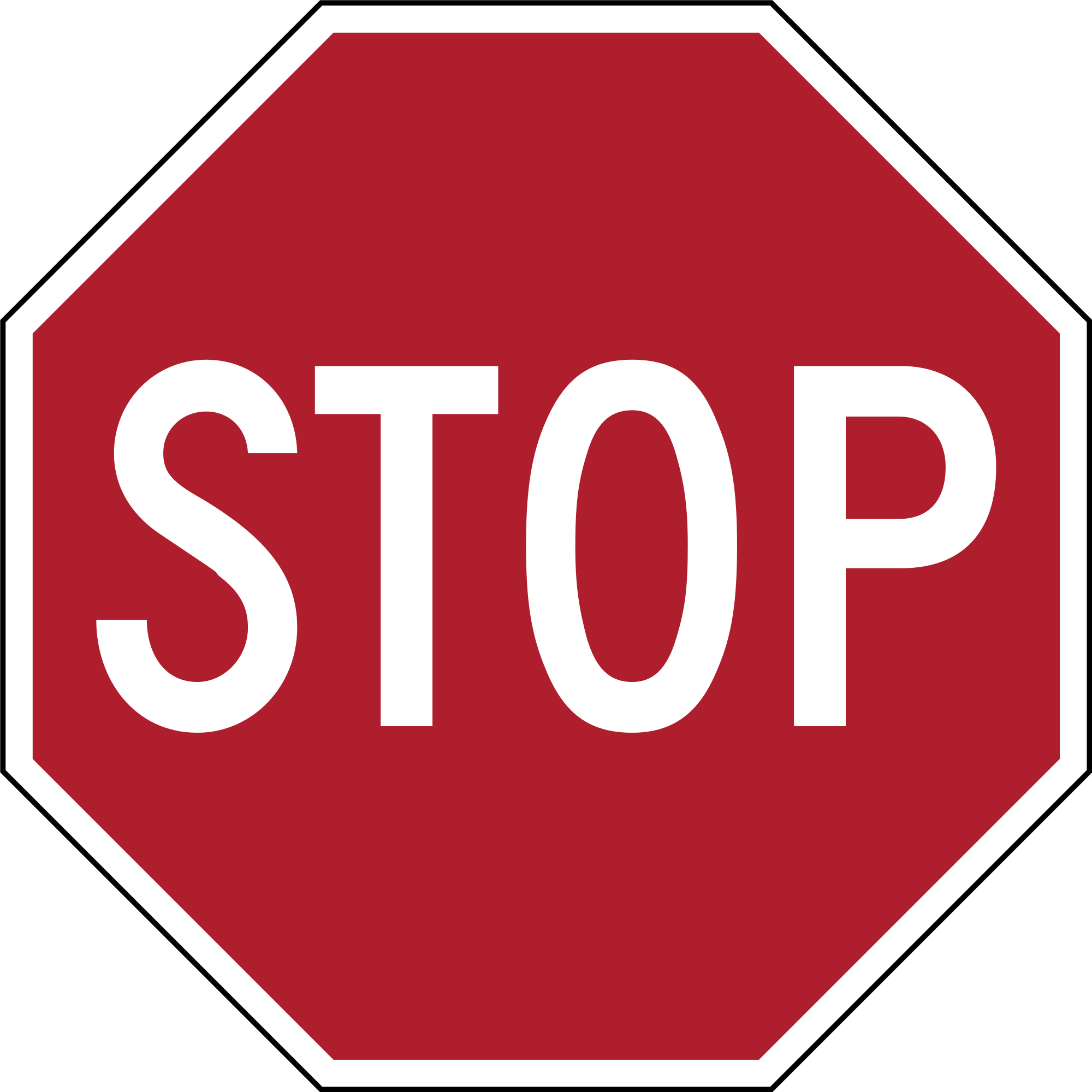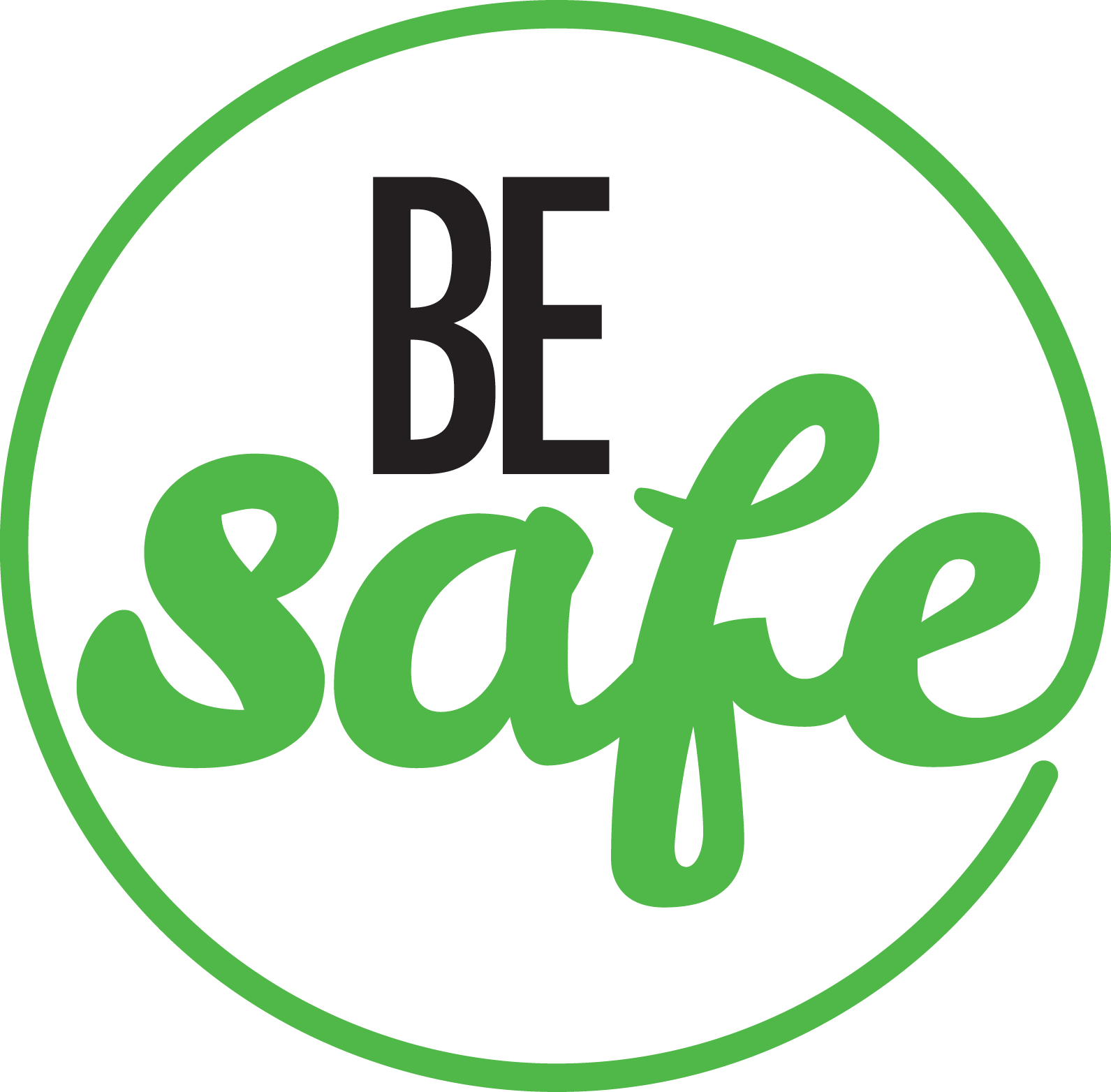Effective housekeeping? Like good dusting and vacuum techniques? Not exactly. By effective housekeeping, I am referring to the process of maintaining a clean and safe environment at work. This takes everyone, but it starts at the top. Management needs to be responsible for creating and maintaining a safety program. There should be thorough on-site training before employees are put to work. Part of that includes cleaning and organizing to prevent injury and risk. The National Safety Council has created a list of 11 tips for effective housekeeping. This information is pretty useful but it’s a long read. I’ve taken the list and paraphrased and condensed it for an easier read. The link to the full article is at the bottom of the article. I hope you find this information useful at work and at home!
Here’s the list:
- Prevent slips, trips and falls Inspect the floors. Are there things sitting around, places where the floor changes height? Carpets lay flat or bunched up? Is it slippery? Railings in place? Look at the area through the eyes of a child. What could they get hurt on? Accidents happen at any age. Keep floors clean and dry. Make sure carpets are down flat. Mark areas where you have step up or step down. Don’t assume people are paying attention.
- Eliminate fire hazards Store hazardous materials in a safe place. Keep quick burning materials away from ignition areas. Post all exits clearly. Keep exits open and free from clutter. Have a safe place to extinguish cigarettes outside (if smoking is permitted on the property). Have fire extinguishers available and clearly marked.
- Control dust Dust can be explosive if it builds up. Have a method of cleaning up dust, with either a vacuum system or someone sweeping and wiping surfaces clean.
- Avoid tracking materials Work-area mats – which can be cloth or sticky-topped – should be kept clean and maintained. This helps prevent the spread of hazardous materials to other work areas or home.
- Prevent falling objects When placing items on a shelf, put heavier items on the bottom. Don’t stack too many things on top of each other.
- Clear clutter It may sound silly, but clutter can build up quickly. Why is clutter so bad? When your workspace is a mess you have less room to move around. This can promote cuts and injuries.
- Store material properly Make sure lids are on and secure. Unused materials and equipment should be stored out of the way of workers. Make sure to put tools and equipment away properly when not in use.
- Use and inspect PPE & tools Personal protective equipment is designed to keep you safe. If you aren’t using it, you’re at risk for all types of injuries. Think about a loud facility. Ear protection is designed to minimize damage to your hearing. It may not sound like a big deal now, but long term exposure can damage your hearing.
- Determine frequency How often should you be sweeping? Mopping? Can you go a week? Does it get too dusty after two days? Should you be cleaning after every shift. Each industry is different. Do what is appropriate for yours so you are keeping clean and safe.
- Create written rules Don’t assume people know what to do. Write it down. Hand it out. Post it in a visible spot. Having policies eliminates confusion and creates accountability.
- Think long term Housekeeping should be a continual occurrence. Keep records, maintain them, train employees and check the procedures regularly to make sure no changes or updates are needed.
Safety Council 11 Tips for Effective Housekeeping
If you see something, fix it, clean it up, report it. And remember…
Champion Personnel is committed to safety. Remember to …



